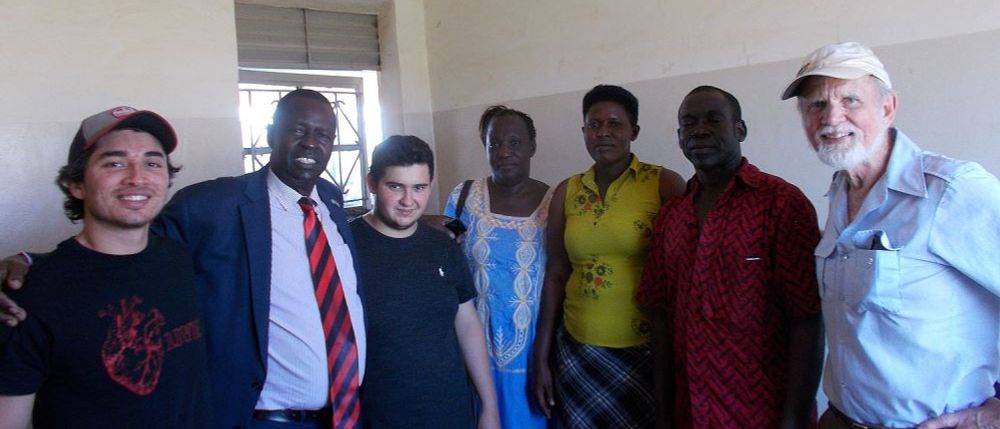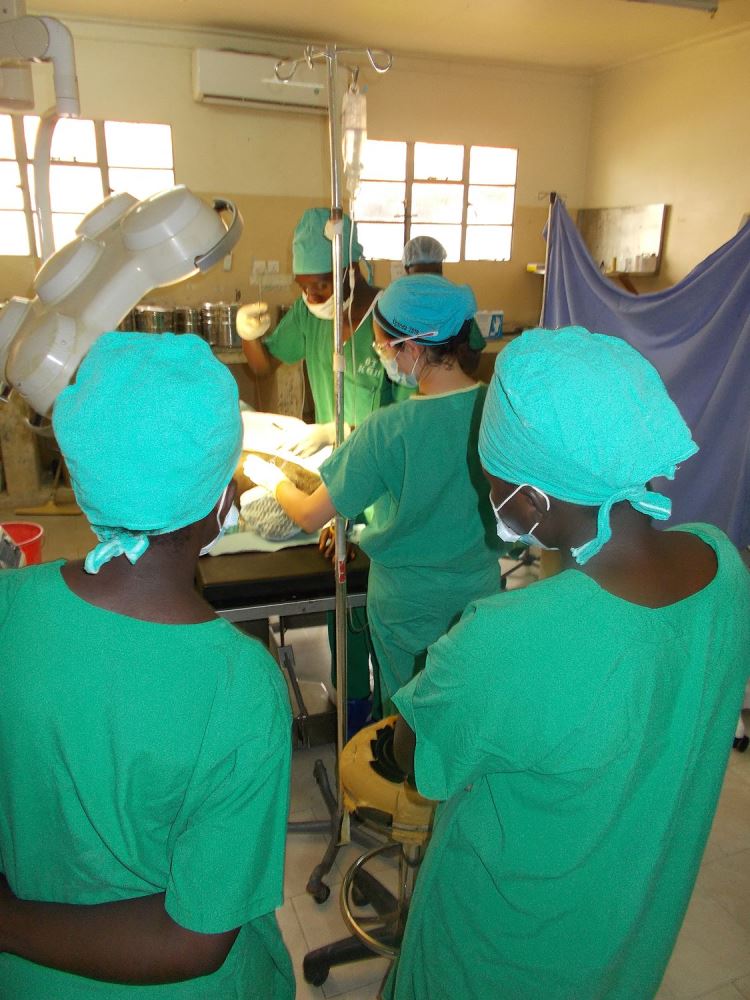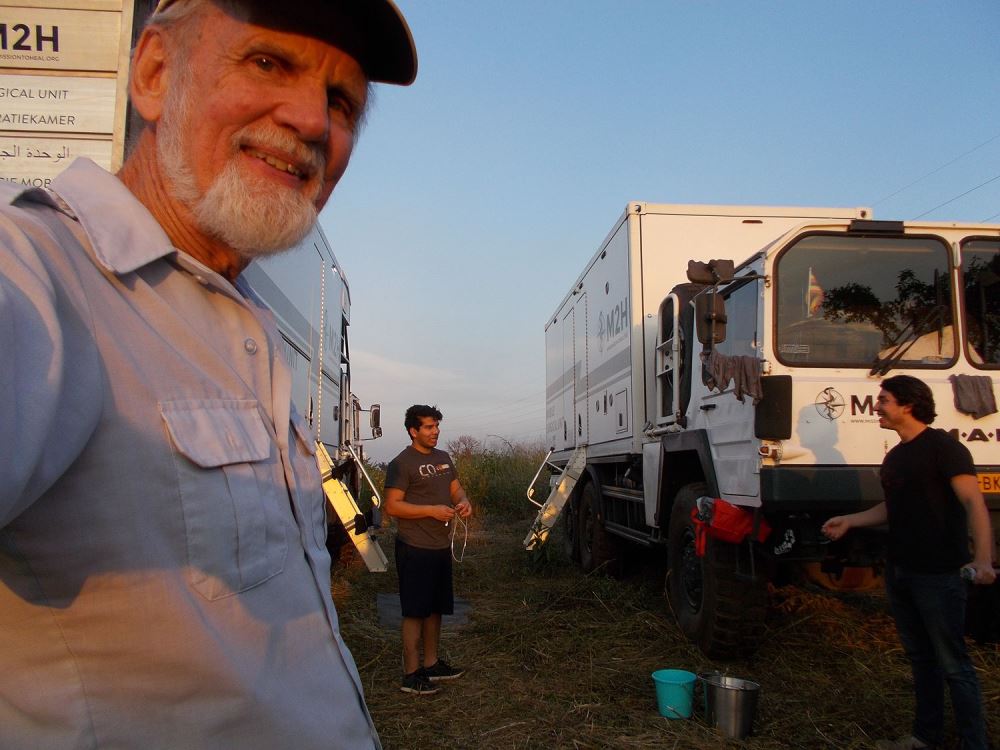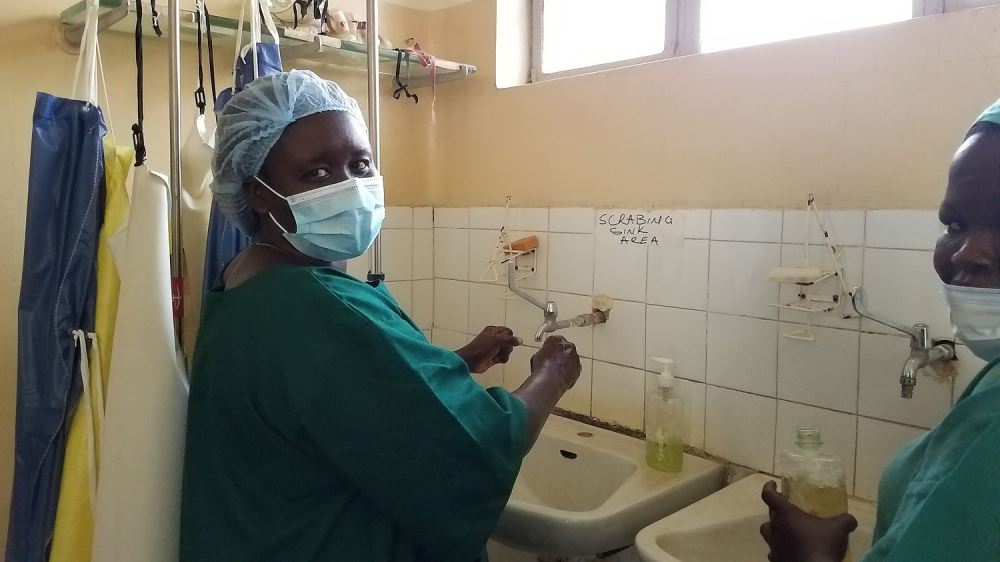
A Week In The Life of Mission to Heal: Part Two (Lilly Jeltema)
This is a continuation of a series. Read the first part of Lilly’s reflection here.
Dr. Glenn’s priority is to not conform to the one-size-fits-all mindset that has found its way into medical missions. He does not want to become the medium through which surgeries are “cranked out” so local staff can have a vacation for the week. He teaches willing medical personnel which operations will be most helpful. Sam adds, “We try to not do more than ten operations a day. We are there to teach surgical skills, and we have learned that a maximum of ten each day is a good amount for teaching.”
At the end of the day, they finish operations when local medical personnel are typically done with their work day. “We work within the limitations of the hospital and their own timings,” Sam says. “Our hope is to show the hospital that we are not there to tell them what to do, but that we are working within their system. If they have a nine-hour work day, that’s how much we work.”
Fridays are the last day at a particular location. Dr. Glenn holds a longer tutorial session and looks back on the skills everyone has learned that week. The local healthcare workers write out reflections, which helps them think about how they can implement what they have learned for future patient interactions. These reflections also allow Mission to Heal to assess the impact of the work they have done that week.
“We encourage the clinic or hospital to schedule their own operations on Friday. This way, they can use the skills they’ve learned that week,” Sam says. “Dr. Glenn and other volunteers do sit in the clinic to help select patients, but it’s up to the local staff to determine who gets the operations.” Sam adds that they use the afternoon to assess the successes of the last week. Then, they pack up the trucks and travel to the next location.
So, what makes a mission successful? Mission to Heal does not have a general standard by which they evaluate every part of their trip. Rather, it’s based on the goals laid out with local officials at the start of each week. “Success is not quantified by how many operations we do or the number of patients we see,” Sam says. “It’s about how willing medical staff are to learn new procedures and techniques, and how willing they are to go beyond their comfort zone to have a transformational experience.”
Each location comes with its challenges, and sometimes those are laid out at the start of the week. “At some hospitals in Uganda, local officials thought trainees would slow things down, [believing] it’s a waste to have them,” Dr. Glenn says. Knowing this at the start of the week helps Mission to Heal determine what was successful once they reach the end of their time there. Sam comments that success is based on how they are able to improve the environment through teaching. “We hope that they are able to understand that they can do operations themselves and alleviate problems within their community,” he adds.
Mission to Heal sees any willingness to learn as a success. Even if ten people signed up to learn, but only one person stayed through until the end of the week, there is still new knowledge in the community. They know large-scale change starts at a grassroots level. “We partner with locals who will do anything for an education,” Dr. Glenn says. “They have pledged every day to implement what they have learned.”
“Our overarching goal is to train the local healthcare personnel so they can continue to take care of their people by offering more than they were able to before,” Sam says. “If we are open-minded and see this adapted to any given location, then know we’ve had a positive impact.”
We believe in the transformative power of education. Support Mission to Heal and make reliable healthcare more accessible globally.



